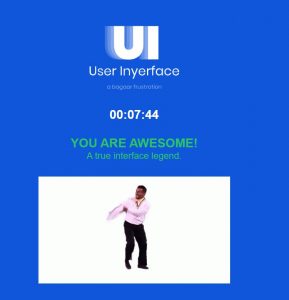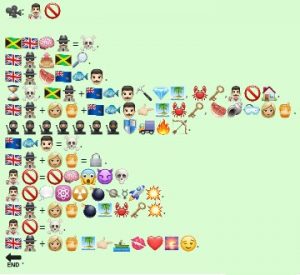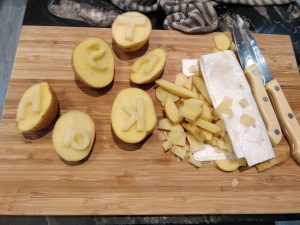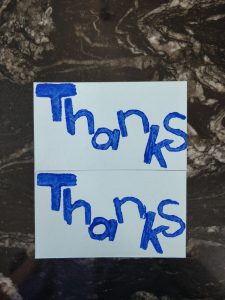For my final assignment, I wanted to explore how technology has, is, and will continue to influence the way we communicate our abilities and competencies. From the first hand-written resume in the late 1400s to the current trend to go multi-modal, technology has influenced and altered not only how a resume looks but also how it functions, and they will continue to evolve together. Enjoy!
(For access to the PDF version, please go to https://drive.google.com/file/d/1I6mj-dRomsLbjrlMCxs5zIVPmJrcPFkc/view?usp=sharing).
ETEC540 Final Assignment: Resume by Melissa Santo
References
Abulencia, C. (2021, October 13). Why is education important and how does it affect one’s future? World Vision. https://www.worldvision.ca/stories/education/why-is-education-important
Apollo Technical. (2021, May 6). The history of the resume and its future. https://www.apollotechnical.com/history-of-the-resume-and-its-future/
Atkinson, R. (2019, June 22). 5 ways technology has changed recruitment. LinkedIn. https://www.linkedin.com/pulse/5-ways-technology-has-changed-recruitment-ryan-atkinson/
Black, D. (2021, August 13). The role of education in driving the future of work. Education Technology. https://edtechnology.co.uk/comments/role-education-driving-future-of-work/
Bogush, P. (2022, April 9). How has technology changed the hiring process. Business Tech Weekly. https://www.businesstechweekly.com/hr-and-recruitment/technology-hiring-process/
Decius, J., Schaper, N., & Seifert, A. (2019). Informal workplace learning: Development and validation of a measure. Human Resource Development Quarterly. https://doi.org/10.1002/hrdq.21368
Eagle. (~2014). Tradition is dead: The evolution of the resume. https://www.eagleonline.com/blog/2014/06/tradition-is-dead-the-evolution-of-the-resume?source=google.com
Gruzd, A., Dubois, E., & Jacobson, J. (2020, July 8). Companies are increasingly turning to social media to screen potential employees. The Conversation. https://theconversation.com/companies-are-increasingly-turning-to-social-media-to-screen-potential-employees-141926
Hernandez, J. (2013, July 9). How has resume writing changed in the last 10 years? Great Resumes Fast. https://greatresumesfast.com/blog/how-has-resume-writing-changed-in-the-last-10-years/
Hernandez, J. (2022, January 6). What your resume should look like in 2022. Great Resumes Fast. https://greatresumesfast.com/blog/what-your-resume-should-look-like-in-2022/
Indeed Editorial Team. (2022, June 19). Types of workplace training programs and their benefits. Indeed. https://ca.indeed.com/career-advice/career-development/types-of-workplace-training
Johnson, J. (2021, November 22). 6 ways resumes have changed throughout the years. Association for Talent Development. https://www.td.org/blog/6-ways-resumes-have-changed-throughout-the-years
LinkedIn Learning. (2022). 2022 workplace learning report: The transformation of L&D. https://learning.linkedin.com/resources/workplace-learning-report#2 (full report available here: https://learning.linkedin.com/content/dam/me/learning/en-us/pdfs/workplace-learning-report/LinkedIn-Learning_Workplace-Learning-Report-2022-EN.pdf)
Skillroads. (n.d.). The Evolution of a Resume (Infographic). Skillroads Blog. Retrieved August 9, 2022, from https://skillroads.com/blog/resume-evolution
Talent Intelligence. (2021, May 10). How tech is changing the hiring process in 2021 and beyond. https://www.talentintelligence.com/how-tech-is-changing-the-hiring-process-in-2021-and-beyond/
Tarpey, M. (2018, August 9). Not getting job offers? Your social media could be the reason. Career Builder. https://www.careerbuilder.com/advice/not-getting-job-offers-your-social-media-could-be-the-reason
Zaphir, L. (2019, June 16). What’s the point of education? It’s no longer just about getting a job. The Conversation. https://theconversation.com/whats-the-point-of-education-its-no-longer-just-about-getting-a-job-117897






